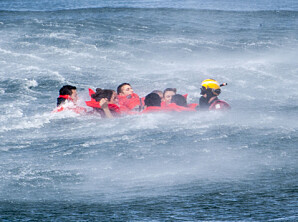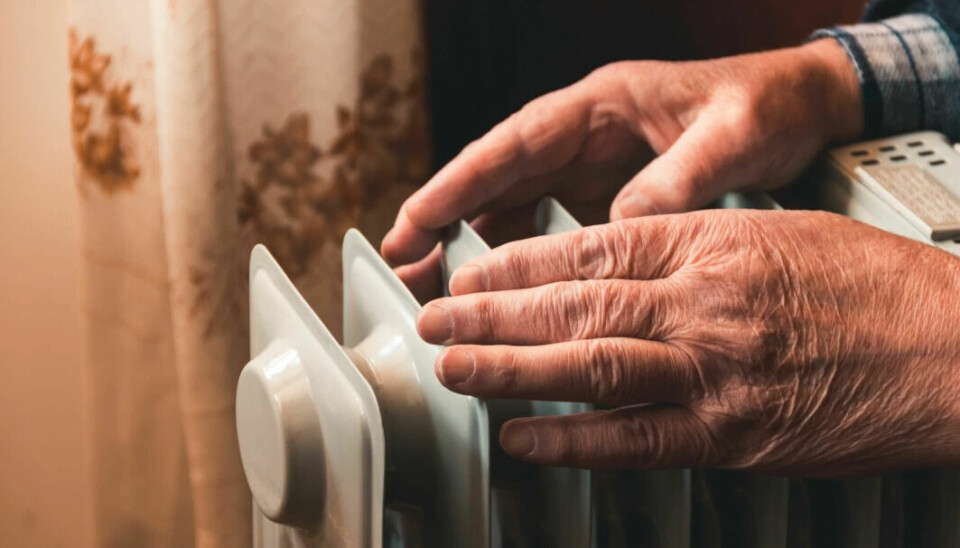
Nina lives in the coldest city in the world
“Here they use down jackets in spring,” researcher says.
When you walk out the door here, it won't be long before you get frost on your eyelashes.
You should preferably dress in fur from head to toe. If you touch metal outdoors, your fingers can get stuck on it.
What is it like to live in the world's coldest city?
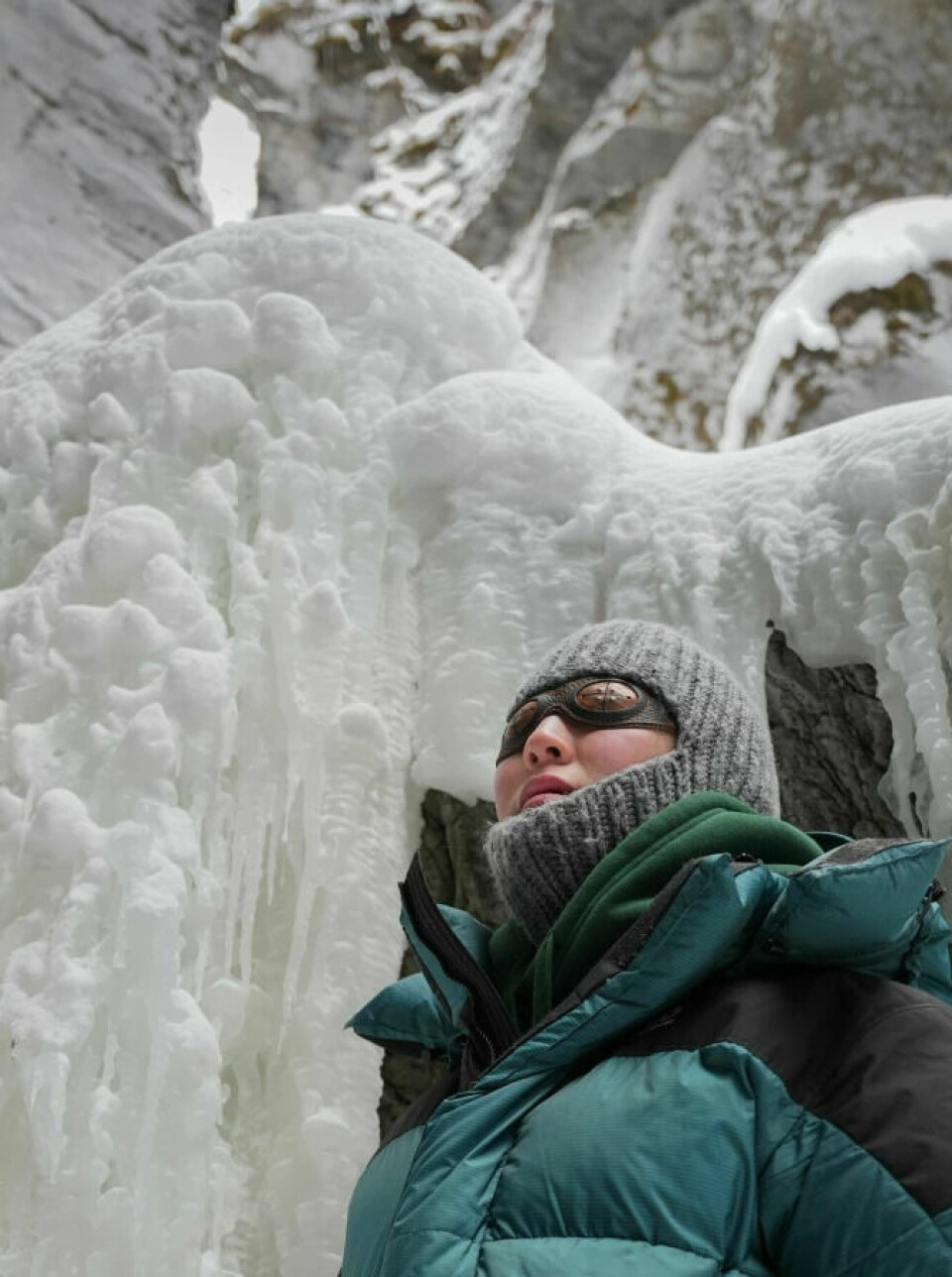
-62.7°C
“Here, we really have to dress according to the weather. Otherwise, it can be dangerous,” Nina Sleptsova says.
She is one of the over 300,000 people living in the city of Yakutsk.
The city is located in eastern Siberia in Russia. In February, the thermometer showed minus 62.7 degrees.
“We have gotten used to living in the cold climate,” she says.
She thinks that living here is just as normal as living in extremely hot places.
“You just have to adapt. When we get dressed, we have to make sure that no bare skin is exposed,” she says.
Sunbathe in the summer
According to Sleptsova the best thing about living in Yakutsk is the nature. There are large expanses, snow-covered mountains, and forests.
“The hardest thing about being here is that winter can be very long,” she says.
It can last from October to May.
When summer comes, the temperature can reach 36 degrees Celsius.
The inhabitants in the world's coldest city can then sunbathe and enjoy nature.
“Finally, the body can get a new supply of vitamin D from the sun,” Sleptsova says.
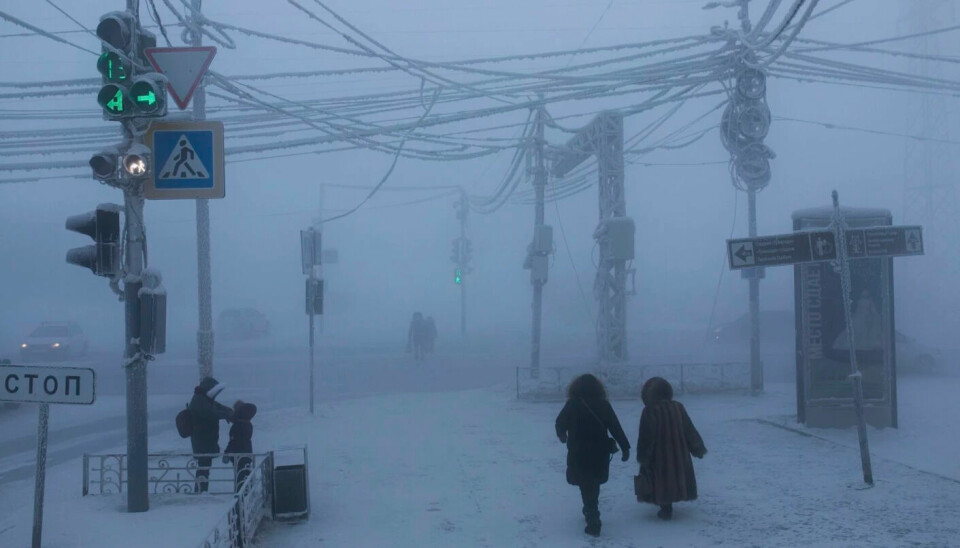
Frostbite
Erik Sveberg Dietrichs works as a doctor and researcher at UiT The Arctic University of Norway.
He has written a book on how the body handles extreme weather.
He has also met with other researchers to discuss how people who have become cold or suffered frostbite should be warmed up again.
The researchers decided to meet in Yakutsk.
“We were there in February, so it was never warmer than minus 40 degrees,” he says.
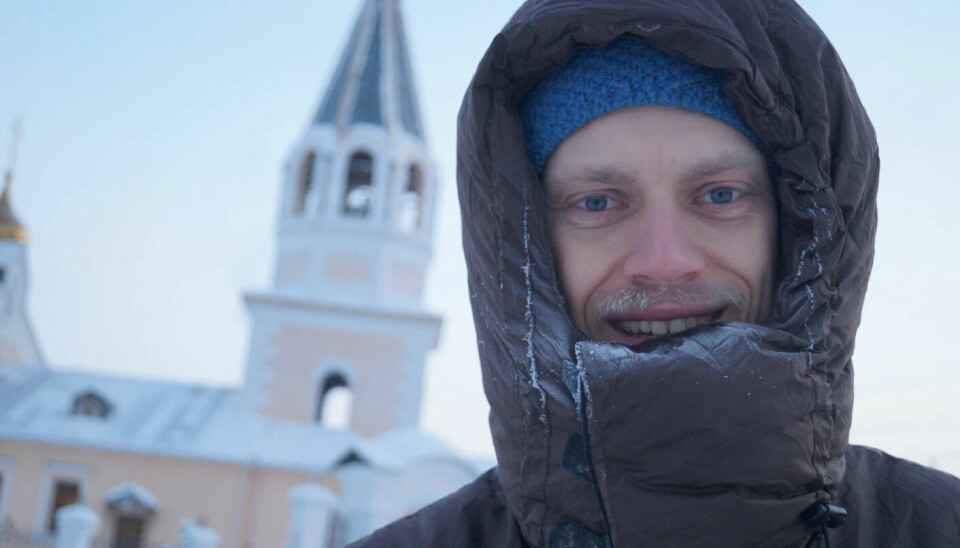
Why are you wearing a spring jacket?
Everything was adapted to the temperature. Inside the houses, they made sure to keep it very warm.
“We had several layers of woolen clothing against the body, and a down jacket down to our knees,” he says.
People from Yakutsk asked why he was wearing a spring jacket.
The locals use reindeer fur from head to toe when it's cold.
“We have to dress well to avoid frostbite or the body becoming too cold,” he says.
Wind- and waterproof clothing is also important.
“A lot of wind also makes the body freeze faster. The same applies if we get wet,” he says.

Can get stuck
The schoolchildren in Yakutsk go to school until the thermometer shows minus 45 degrees Celsius.
The older students attend school until it is minus 50 degrees, according to the Siberian Times.
Norwegian kids are told not to stick their tongues to cold fences during winter. They may get stuck.
In Yakutsk, this also applies to glasses. When glasses get cold, they can stick to your face.
This also applies to our hands because our skin is always slightly moist or damp. This can cause us to stick to cold surfaces, according to ABC Science.
In Yakutsk, the smartest thing is probably to keep your hands in your mittens.
———
Translated by Alette Bjordal Gjellesvik.
Read the Norwegian aversion of this article on ung.forskning.no
------











